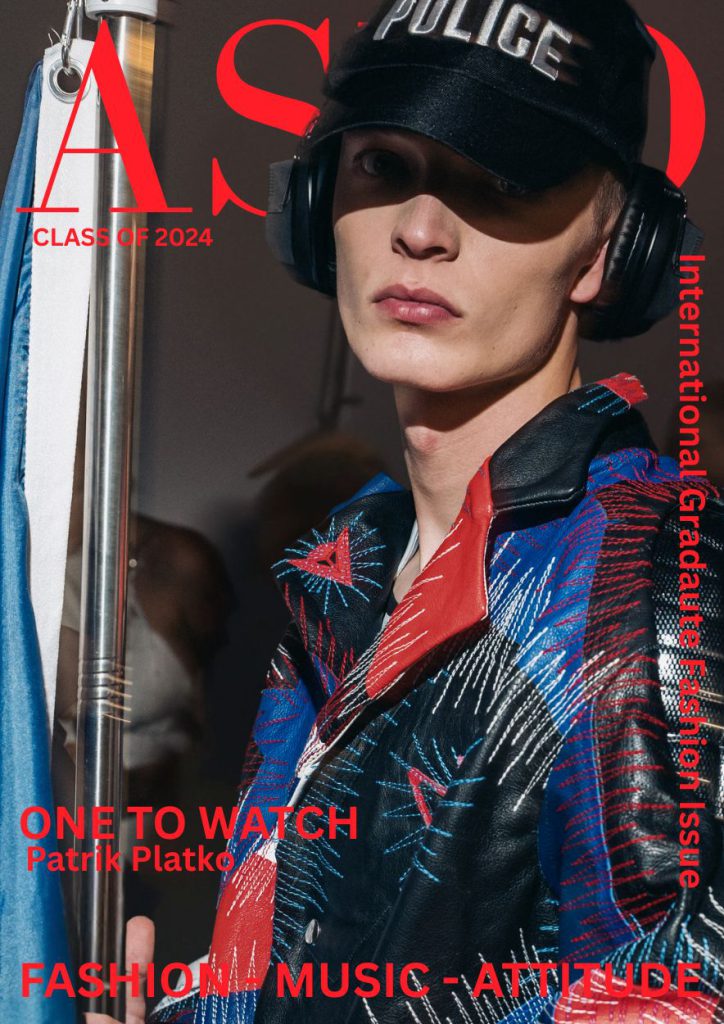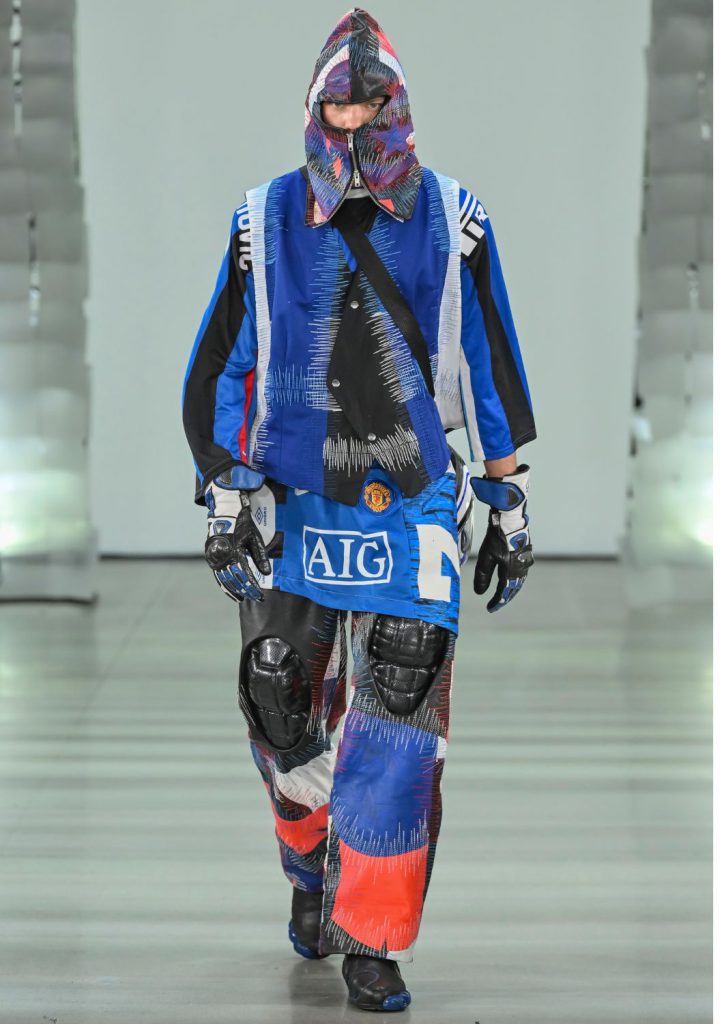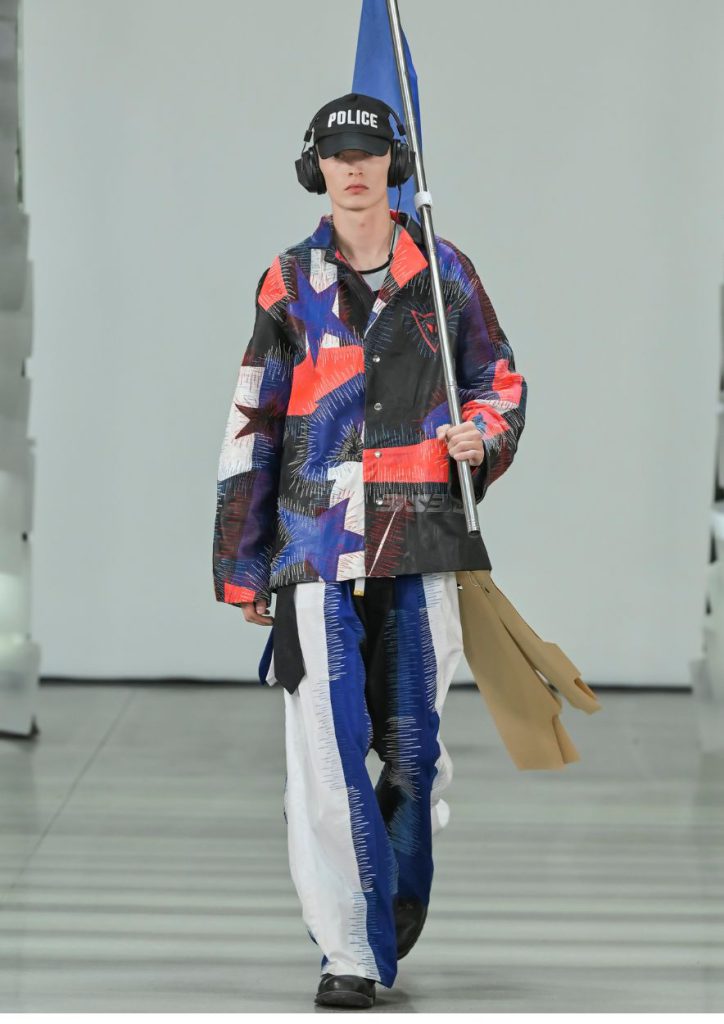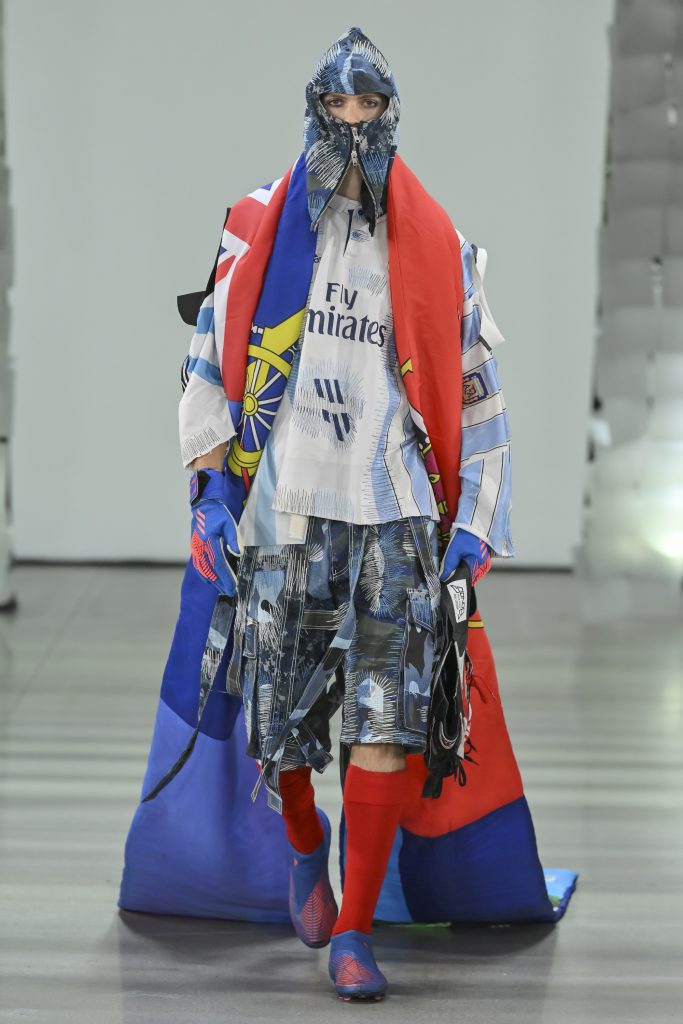From Upcycling to Iconic Innovation
“I started experimenting with what I was wearing… buying second hand, and it elevated my style,”
W: Theo Thompson

Patrik Platko’s fashion journey reflects his commitment to sustainability, creativity and reinventing the past. A co-founder of Gonoe, a brand that redefines upcycling, Patrik’s rise is marked by both humility and innovation. His story begins with a fascination for “the beauty of old things that people don't see anything in anymore.” A self-taught designer, Patrik’s path was driven by a desire to transform discarded garments into something extraordinary, capturing the essence of his ethos: “I see the potential in garments that others might think is trash.”
Growing up in Slovakia, Patrik didn’t initially view fashion as a career, but a love for second hand clothing sparked his creative journey. “I started experimenting with what I was wearing… buying second hand, and it elevated my style,” he recalls. His desire to create led him to invest in a basic sewing machine. Though his early designs were rough, his drive to learn and experiment remained relentless. “It was horrible at first, but I had ideas, and now I could work to execute them.”

:

:

Upcycling became central to his practice. Early in his career, Patrik transformed discarded items into patchwork masterpieces, developing a philosophy where “it’s not hard to deconstruct [a garment] and put it back in a patchwork way to showcase its beauty.” His graduate collection, crafted from Vinted finds, demonstrated both creativity and growing environmental awareness.
Gonoe, founded with collaborator Max Basala, seeks to blend functionality and boldness. “We wanted to make things people could wear, like t-shirts, everyday wear” Patrik shares, reflecting the balance between creativity and practicality. Their separate graduate collections ‘Multiform’ and ‘Post-Materialist’, where unwanted garments were transformed into statement pieces, quickly gained recognition in sustainable fashion.
Patrik’s evolution as a designer was shaped by broader influences, especially during his time in the UK. “If I had stayed in Slovakia, I don’t think I would have come to this point,” he reflects, acknowledging how international exposure helped shape his journey. His ability to recognise the potential in older garments and transform their flaws into distinctive design features, while incorporating other up-cycled materials, reflects his innovative approach. Additionally, his integration of elements from his passion for football culture and other personal interests, often unrelated to fashion, further demonstrates his openness to experimentation. “It’s not just about making one piece and selling it for 200 pounds. It’s about sustainability and creating something with a purpose.”
This purpose-driven approach led to his collaboration with Cult Kits, where he reimagined classic football shirts into high-fashion uniforms. “Uniforms can definitely be fun and very fashionable,” he says, highlighting his ability to elevate everyday clothing into art. Through meticulous deconstruction, he emphasises the hidden beauty in old fabrics, like denim, noting: “With most garments we work with, after detailed seam ripping and deconstruction you can discover the most beautiful details in a garment hidden in their seams.”
Despite accolades, including winning the silver catwalk award at Graduate Fashion Week 2024 in London for his graduate collection and recognition for sustainability, Patrik remains humble. “If I were to talk to my 12-year-old self, I think he’d be surprised,” he reflects, acknowledging how improbable his journey from a small Slovakian village to global recognition has been. His resilience and dedication have brought him here.
Looking to the future, Patrik is eager to evolve. “I want to mix new fabrics with upcycled pieces,” he shares, hinting at projects beyond fashion, including skiwear and furniture. His view of garments as more than clothing, seeing them as vehicles for sustainability and creativity, guides his future path.
At the heart of his work is a philosophy: “It's about showing the beauty of something that’s been worn, something that has a history.” As he continues to push the boundaries of fashion, Patrik Platko’s commitment to sustainability and upcycling remains the foundation of his growing legacy.

